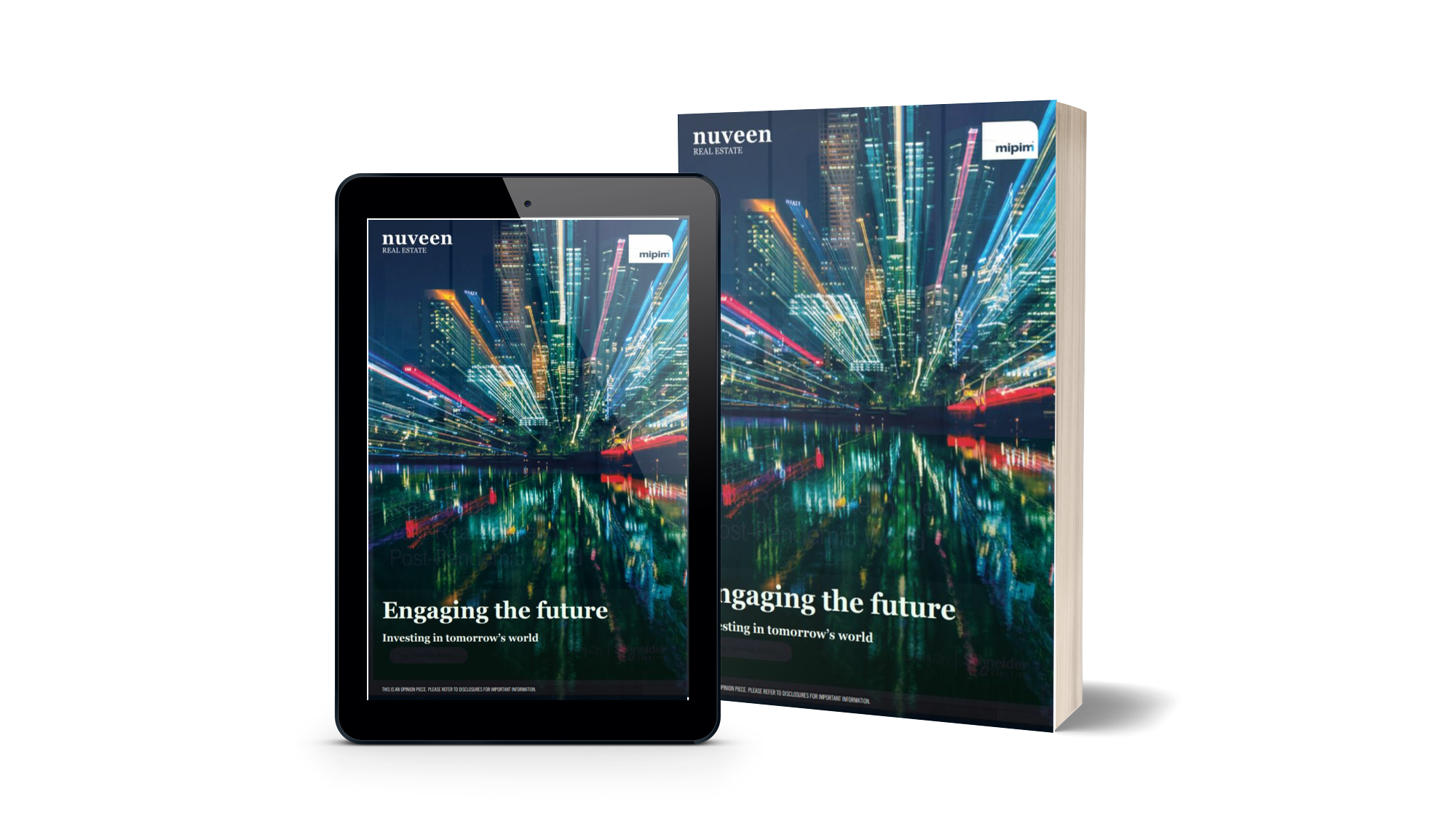We live in a world of cities, our Planet is increasingly urban. Cities are the new engines of the global economy and at the same time, they can be the main actors to face the challenges of climate change and fight against inequality and poverty. The level of interdependence between cities is increasing, thanks to the growth of physical and digital connectivity. The size of cities is also changing, to the point where traditional administrative delimitations are becoming increasingly irrelevant when seeking answers to the big goals of development, balance and environmental sustainability. If in the past we lived stages in which the world was organized by empires and then by nation-states, in the future we will live increasingly in a world of cities, in a world of SuperCities.

Engaging the futur
Investing in tomorrow’s world
At the beginning of the 21st century we are experiencing one of the most profound and accelerated transformations in the history of humanity. Technological innovation, the development of telecommunications and Internet, are propitiating the emergence of a new international economic order reinforced by the progressive dissolution of trade barriers, the formation of large economic blocs and the expansion of markets. This unprecedented « digital revolution » is characterized by the confluence of four mega trends that are cloud computing, mobile devices, social networks and intelligence applied to Big Data. We had never enjoyed of such computing power, easier access to information, or better physical and digital communication options, all these options are changing the way people live, work, play, learn and relate. Politics, economy, society, and of course cities are also changing due to these opportunities.
Globalization has made important progress, but there has also been a « big break » between countries, cities, companies and people who are integrated and those who are not integrated into this new economic order. Differences of today between rich countries and poor countries are still abysmal and cities, especially large cities in developing countries, are experiencing with particular virulence the contradictory effects of globalization. The Cities of today face major challenges; therefore it’s necessary to seek new forms of social cohesion, protection of our ecosystems and responsible responses to the challenges of Climate Change. Our cities, almost always with limited economic resources, short periods of government and scarce political power are facing arduous challenges. This is why we have named “SuperCities” to this generation of unique places that throughout leadership, creativity and a shared vision are causing special magnetism and therefore developing initiatives and projects of great social impact.
These SuperCities are being capable of distinguishing the Intelligence of the Territory. They are the nodes of innovation and creativity of our Planet. Small rural village, medium-sized cities, metropolitan areas of different sizes and the most complex urban mega region we can imagine, can design a future intelligent project and develop actions to be relevant in this new global scenario of competition and cooperation, of sustainability challenges and of commitments of social integration and overcoming poverty. A new generation of SuperCities is seen as the solution against the great challenges humanity is facing.
SuperCities are led by actors who are gaining a growing relevance in our society: mayors with vision, professionals, entrepreneurs, artists, officials, academics and committed citizens who, when able to collaborate achieve exceptional accomplishments at the service of the community. SuperCities are capable of having an intelligent and shared project of the future and achieve amazing results in terms of economic development, social integration and environmental sustainability. SuperCities are capable of articulating an « intelligent dialogue » with their environment and ecosystem as a framework of reference in which to discover their key components and their future vocation. SuperCities, regardless their size or current level of development are territories that seek excellence and assume commitment to contribute from their field of action to « transform the world » and be a referent for other cities. For this they’re able to discover their own identity and their components of excellence as a basis to define their urban profile activate their networks of cooperation and develop their own city project.

Engaging the futur
Investing in tomorrow’s world
These are the 3 fundamental challenges that SuperCities face today: Fight against climate change. The ecological dimension of the urban, the sensitive dialogue with the natural environment and the responsible use of natural resources. The need of a deep and progressive improvement of territorial government. Governance acquires a strategic dimension within today’s cities. Digital society, not only under initiatives of smart city, or use of digital technology for the substantial improvement of the efficiency of urban services, but as integral development of knowledge society. SuperCities are being transformed into central nodes for social and economic impulse, becoming special magnets of talent and innovation. These are “magic” places where the “Intelligence of the Territory” is fully expressed.
Alfonso Vegara is a MIPIM 2017 speaker at the following panel discussion:
Where are the investment opportunities in megacities in South America?



